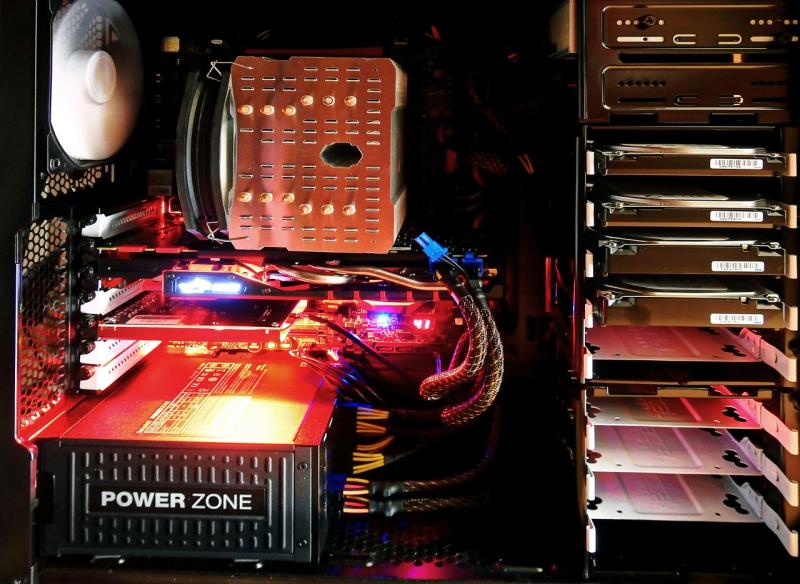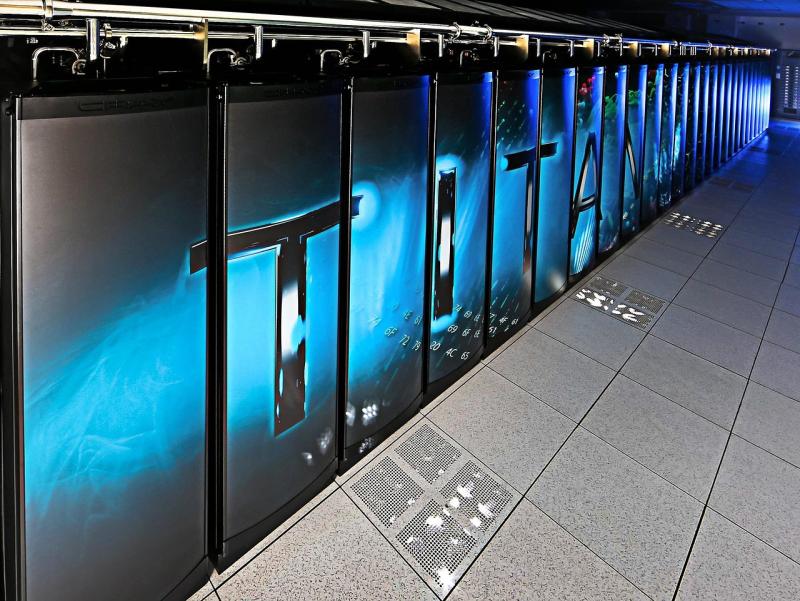Autonomous systems, including self-driving vehicles, drones, and robotics, rely on advanced computing to process sensory data, make real-time decisions, and ensure safe operation. Workstations optimized for autonomous systems development provide the processing power, GPU performance, and memory capacity necessary to design, simulate, and test autonomous technologies. These systems enable engineers and researchers to push the boundaries of intelligent automation.
---
### **Processing Power for Real-Time Algorithms**
Autonomous systems require extensive computations for tasks like sensor fusion, path planning, and object detection. These workstations feature multi-core processors optimized for real-time data processing and AI algorithms. From autonomous navigation to collision avoidance systems, these CPUs ensure fast and reliable computations.
For applications such as self-driving cars or industrial robotics, this processing power enhances responsiveness and accuracy.
---
### **High-End GPUs for AI and Machine Learning**
Training and deploying AI models is fundamental to the success of autonomous systems. These workstations are equipped with powerful GPUs designed for deep learning frameworks, enabling efficient model training, inference, and simulation. GPU acceleration supports tasks like computer vision, reinforcement learning, and predictive modeling.
This capability is critical for developers working on autonomous drones, robotic arms, or advanced AI-driven systems.
---
### **Expansive Memory for Multisensor Integration**
Autonomous systems integrate data from multiple sensors, including cameras, LiDAR, radar, and GPS. These workstations offer RAM configurations ranging from 128GB to 1TB, ensuring smooth performance during sensor data processing, 3D mapping, and simulation testing.
This memory capacity supports engineers in handling complex workflows and integrating multisensor inputs seamlessly.
---
### **Optimized Storage for Training Data and Simulation Outputs**
Developing autonomous systems generates extensive datasets, including sensor recordings, annotated images, and simulation results. These workstations combine ultra-fast NVMe SSDs for quick access to training data with high-capacity HDDs or RAID configurations for archiving models and simulation logs. Secure storage solutions ensure efficient data management for iterative development.
---
### **Compatible with Autonomous Systems Platforms**
These workstations are optimized for industry-standard platforms and tools, such as ROS (Robot Operating System), TensorFlow, and NVIDIA Isaac. GPU-accelerated workflows ensure smooth execution of tasks like SLAM (Simultaneous Localization and Mapping), object detection, and motion planning.
---
### **Applications Across Autonomous Technologies**
Workstations for autonomous systems development empower innovation across a variety of fields:
- **Self-Driving Vehicles:** Develop navigation systems, optimize sensor fusion, and ensure passenger safety.
- **Drones and UAVs:** Design autonomous flight algorithms, enhance obstacle detection, and improve payload delivery systems.
- **Industrial Robotics:** Create intelligent robotic arms for manufacturing, assembly, and quality control.
- **Smart Cities:** Develop autonomous transit, delivery robots, and urban monitoring systems.
- **Maritime and Aerospace Systems:** Design autonomous submarines, spacecraft, and unmanned exploration vehicles.
These systems enable developers to refine and deploy intelligent systems that adapt to real-world conditions.
---
### **Reliability for Extended Development Cycles**
Autonomous systems development involves prolonged simulation runs, iterative testing, and continuous model refinement. These workstations are built with industrial-grade components and efficient cooling systems to ensure reliable performance during extended sessions, reducing downtime and maintaining productivity.
---
### **Future-Ready for Advancements in AI**
As autonomous systems become more sophisticated, these workstations are designed to scale. Modular architectures allow for upgrades to processors, GPUs, and memory to meet the demands of emerging AI algorithms and sensor technologies.
---
**Driving the Future of Automation**
Workstations for high-performance autonomous systems development provide the tools to design and deploy intelligent, adaptive technologies. By combining powerful computing, advanced GPU acceleration, and reliable storage, these systems enable engineers to create the next generation of autonomous systems. Whether pioneering self-driving vehicles or robotic innovations, these workstations are essential for shaping the future of automation.
View our related products
See more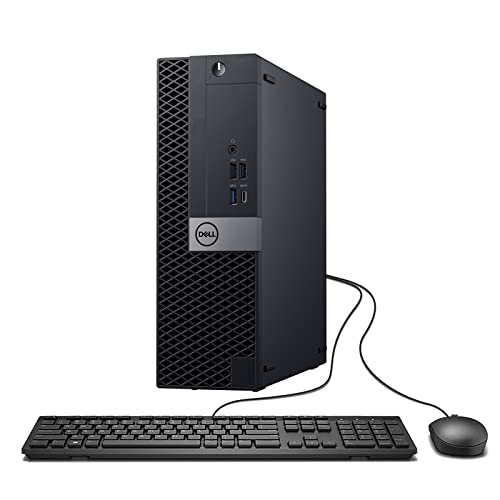
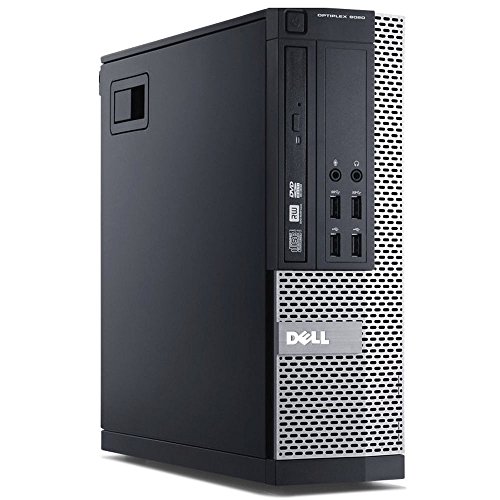
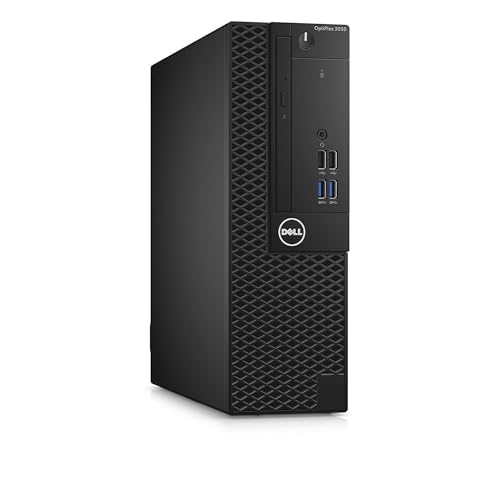
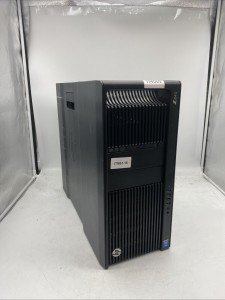
Workstations for High-Performance Autonomous Systems Development
Related Articles
Essential High-Performance PC Components You Need Now
Upgrade your setup with the must-have parts for unbeatable gaming and productivity
Top Picks for Best High-Performance PCs
Find the perfect power machine for gaming, work, or creative projects
Your Guide to the Best High-Performance PCs
Find the Right PC for Your Gaming and Creative Needs
View our related products
See more



